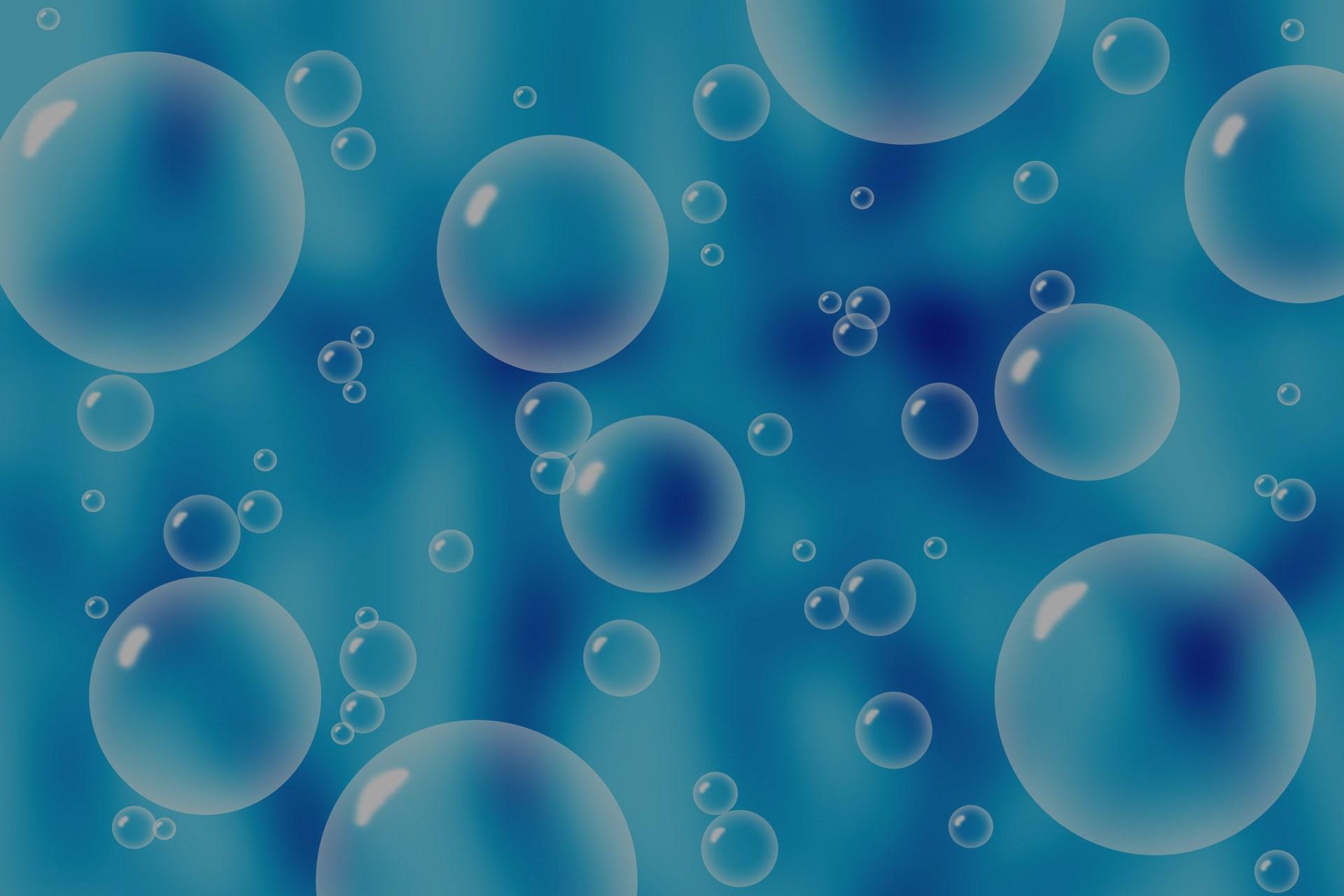
2 minute read
Lake Poopó Dries Up
Volume 8, Issue 6 Lake Poopó dries up, Spellig trouble for local fauna
by Humna Wajid
The second largest lake in Bolivia, which covers an area of about 12,000 square miles, was announced to have almost completely dried up this winter. The South American lake, on which hundreds of people rely for their everyday life, has almost evaporated. This has had serious effects not only on the people of the area, but also the region’s ecosystem. Lake Poopó, which gets as deep as 15 feet in depth, has "officially" evaporated, scientists announced. The reasons for the lake’s almost complete transformation are many, with climate change, the effects of El Niño, and poor management of local municipalities’ water use being primary factors. The lake, once a water wonderland, now has practically transformed into a desert landscape. According to agricultural scientists, the lake has taken about 60 years to reach these historically low levels. In the past 20 years, the average temperature of the area has reportedly risen about 0.9 degrees Celsius. This has led to evaporation of the lake taking place three times faster than its usual rate. Moreover, the adverse effect of the drying of this lake could be clearly witnessed in the area. The fishermen of the area, who depend entirely on fishing for their living, have become jobless after the lake’s massive metamorphosis. Most importantly, the flora and fauna of the lake have vanished with it. About 75 species of birds could once be found living in the environments around the lake; many of these have left the area in response to the disappearance of their habitats. One of the factors which is considered to be most vital to Lake Poopó’s decline is poor management of its water resources. There are about 100 mining sites located near the lake, which have long been polluting the lake by releasing their toxic waste into its waters. The ecosystems around Lake Poopó were already being damaged by mining at an alarming rate, but the lake has become further stressed due to the effects of El Niño, which has caused rain levels in the area to decrease. This has built upon years of severe regional drought. Lake Poopó is hoped to recover soon, as this is not the first time it has dried—it did in 1994, but soon recovered. However, the situation then was different then from what it is now. The world’s climate is changing, and lakes worldwide will be stressed by this going forward. If climate change is not curtailed, we might even see some more lakes experience similar stress, or worse. The German glaciologist, Dirk Hoffman, has rightly said about Lake Poopó that "This is the picture of future climate change." Definitely, this is a huge concern that needs to be taken care of!

Works Referenced:
Brian, H. C. (2016, January 21). Bolivia's Second Largest Lake Has Dried Out. Can It Be Saved? Retrieved February 10, 2016, from http://news.nationalgeographic.com/2016/01/160121-lake-poopo-bolivia-dried-out-el-nino-climate-change-water/ Osborne, H. (2016, February 08). Bolivia's vanishing Lake Poopó: ESA images show fully evaporated lake from space. Retrieved February 10, 2016, from http://www.ibtimes.co.uk/bolivia-lake-poopo-esa-images-show-fully-dried-lake-space-global-warmingincreases-1542585 Kelly, D. (2015, December 22). Lake Poopó In Bolivia Dries Up - Lake Scientist. Retrieved February 10, 2016, from http:// www.lakescientist.com/lake-poopo-dries-up/

